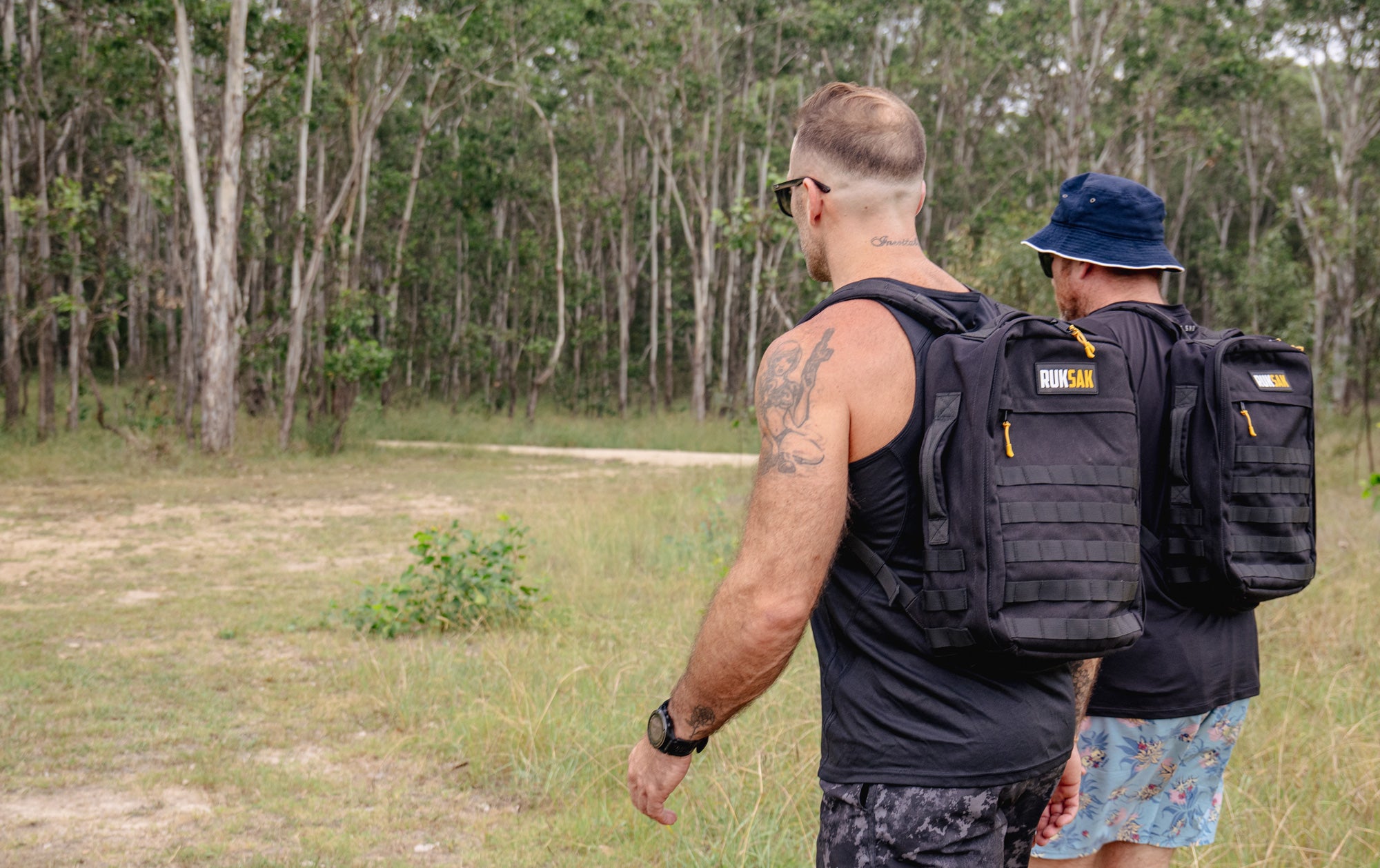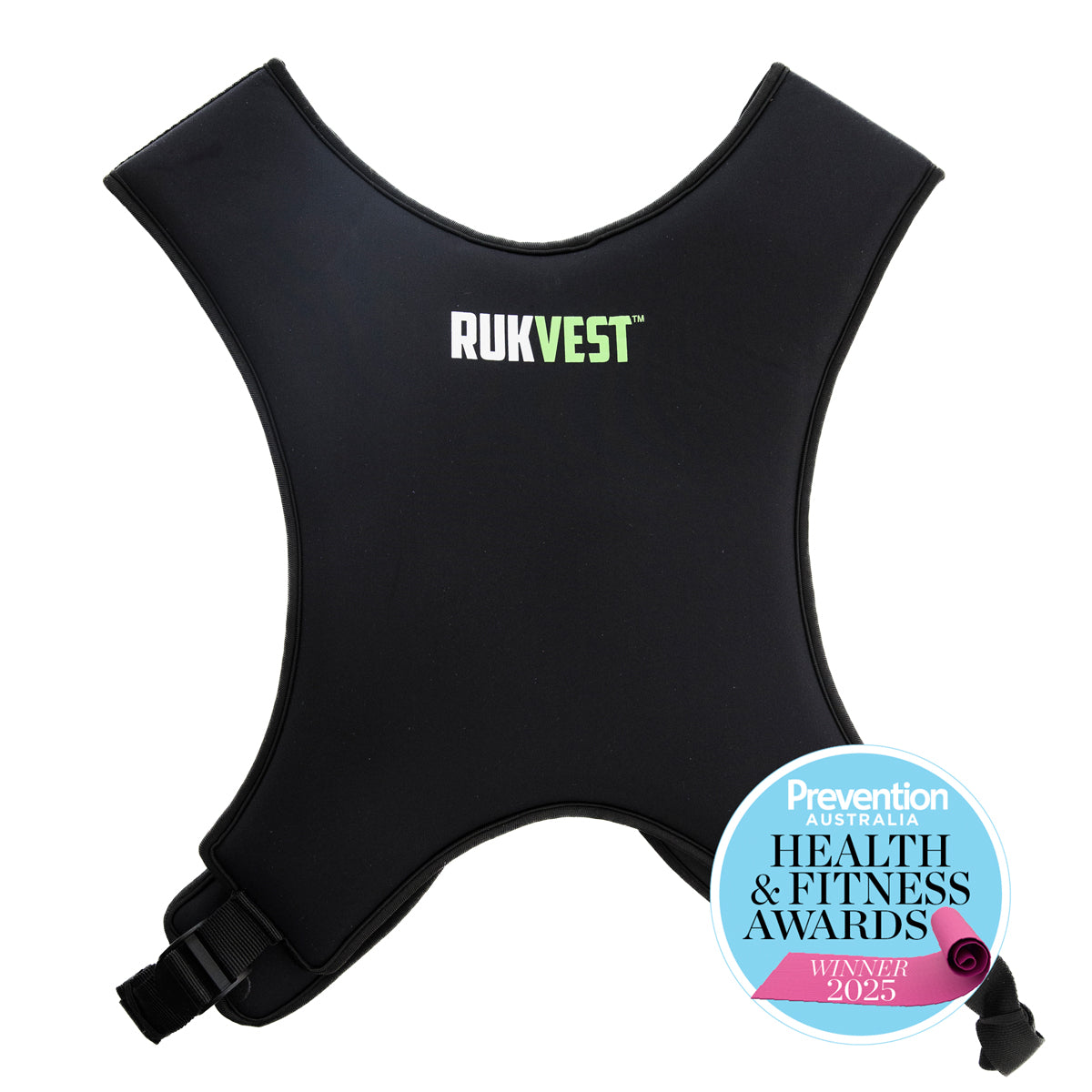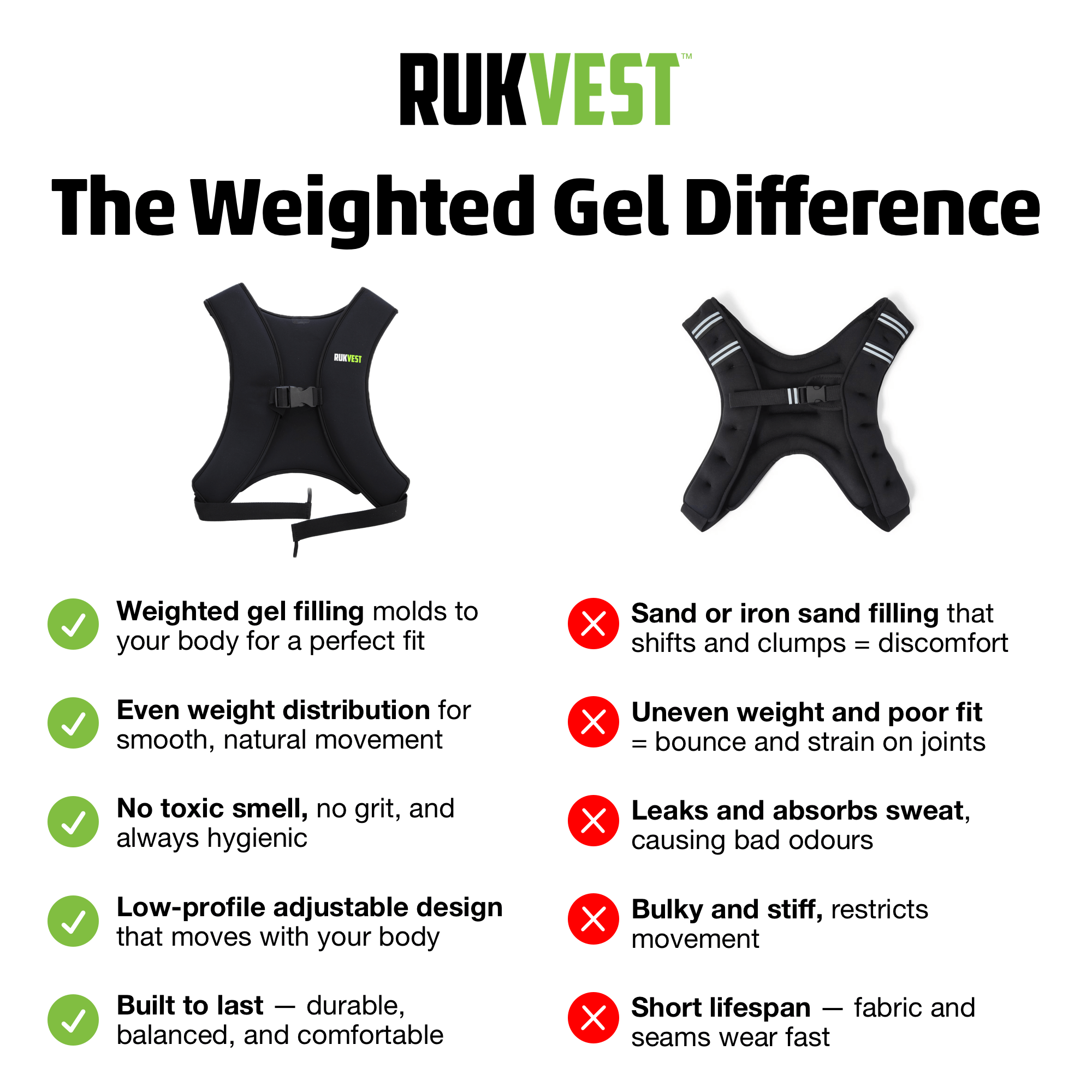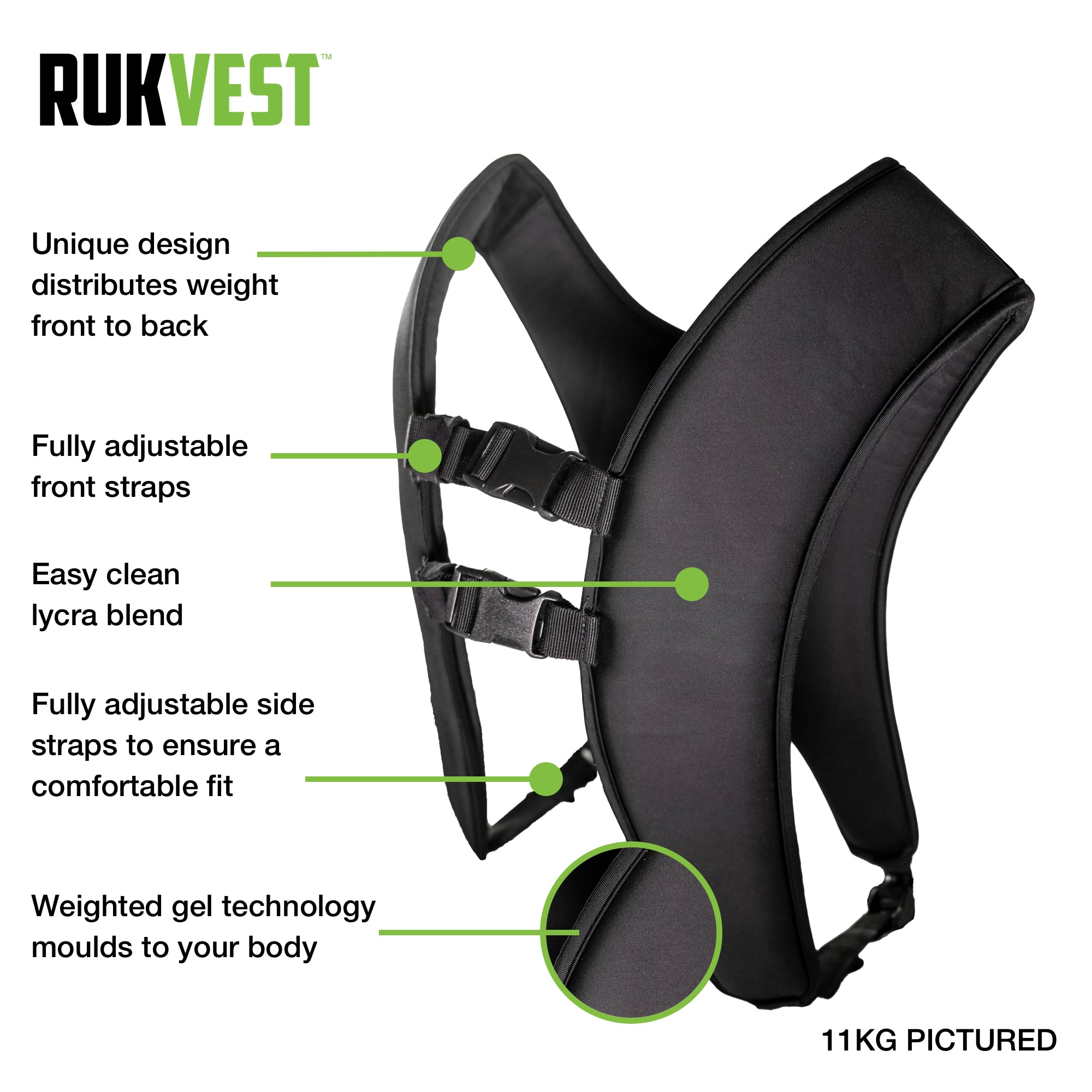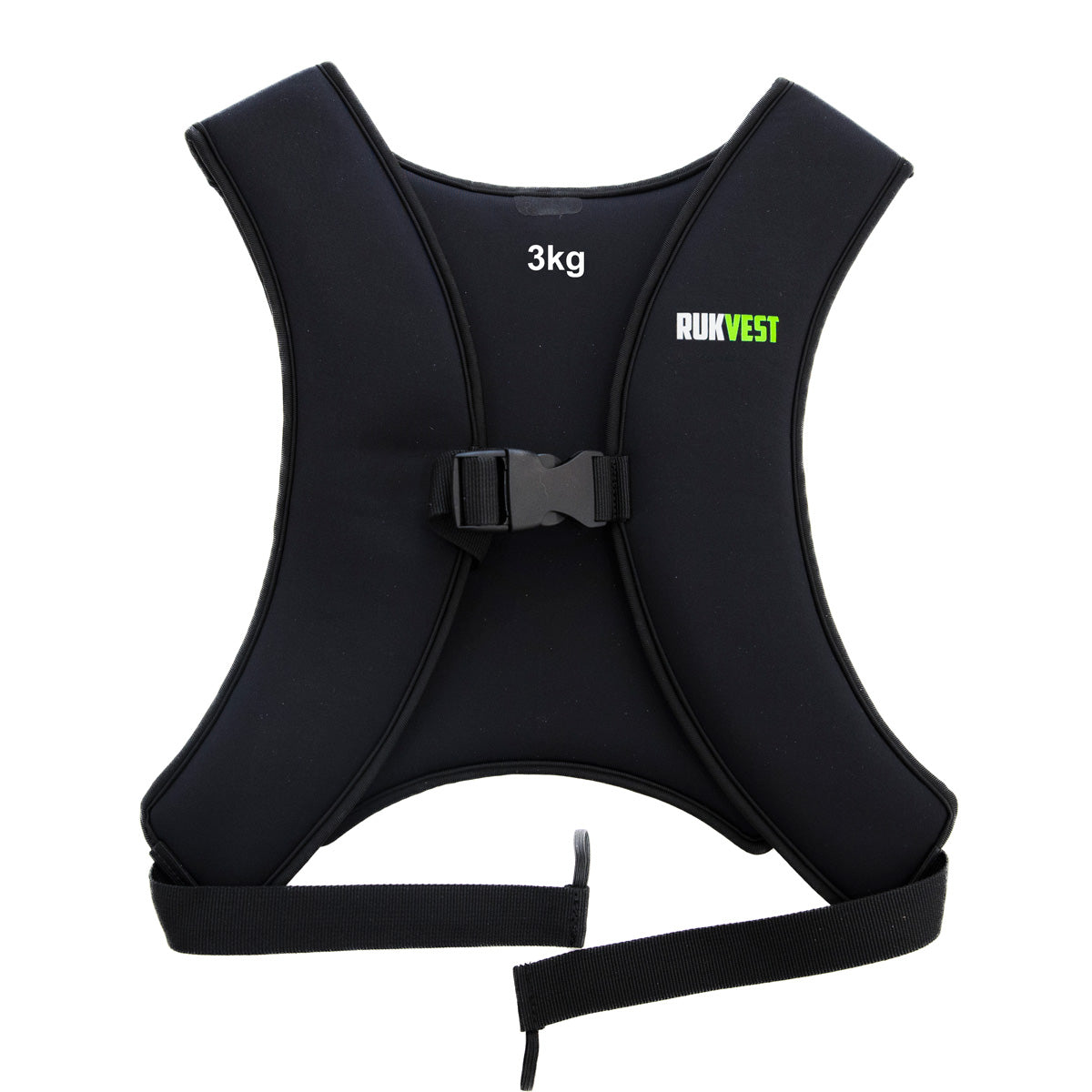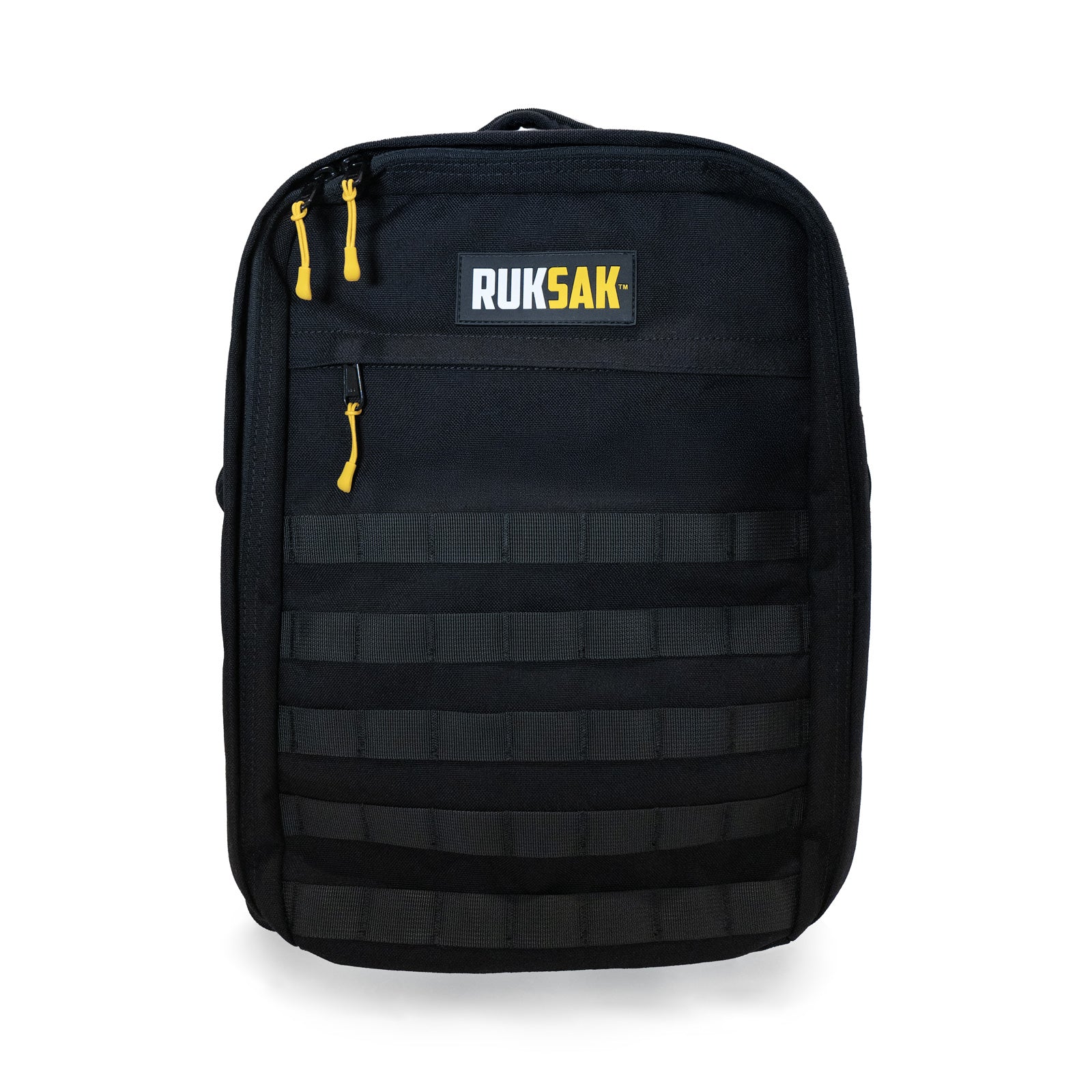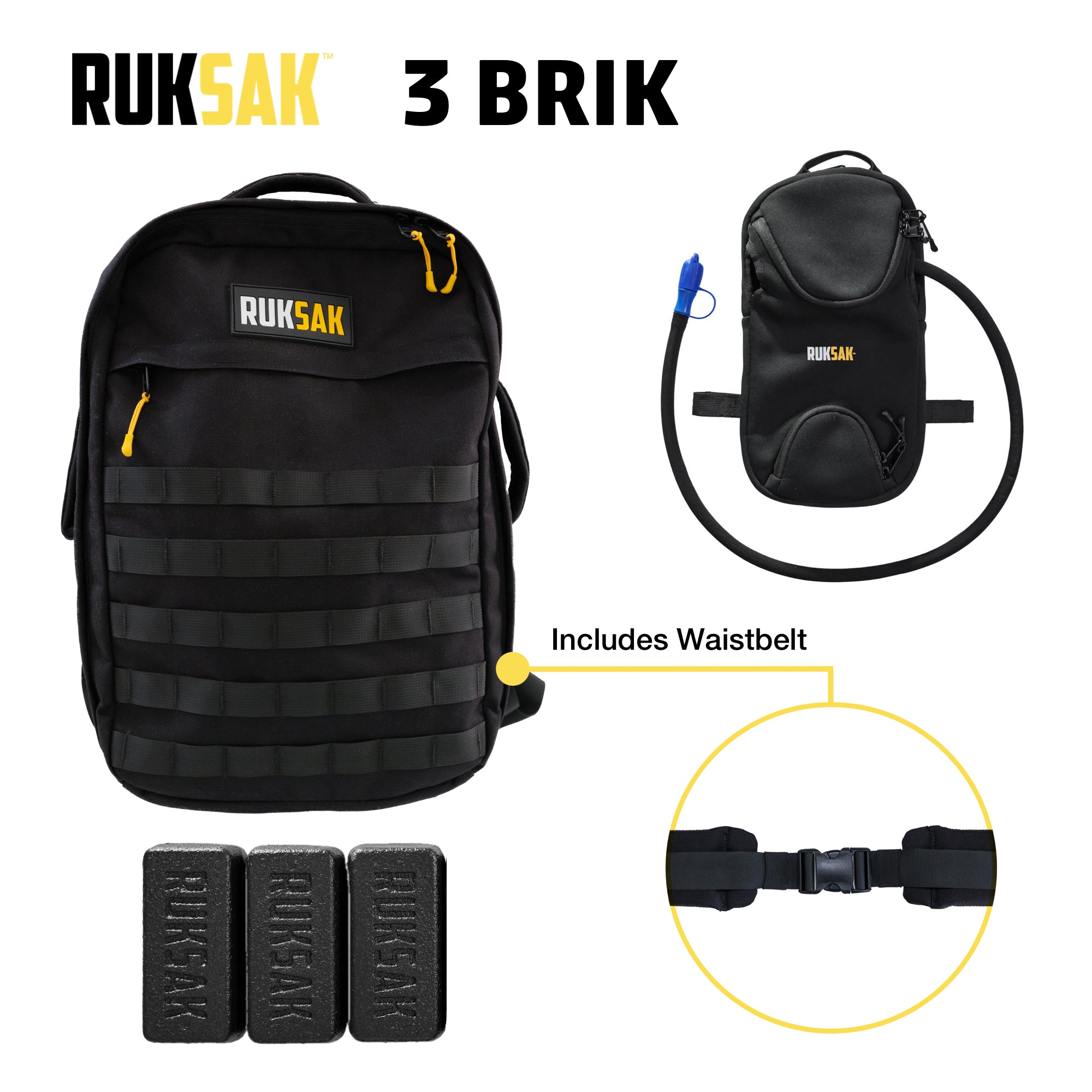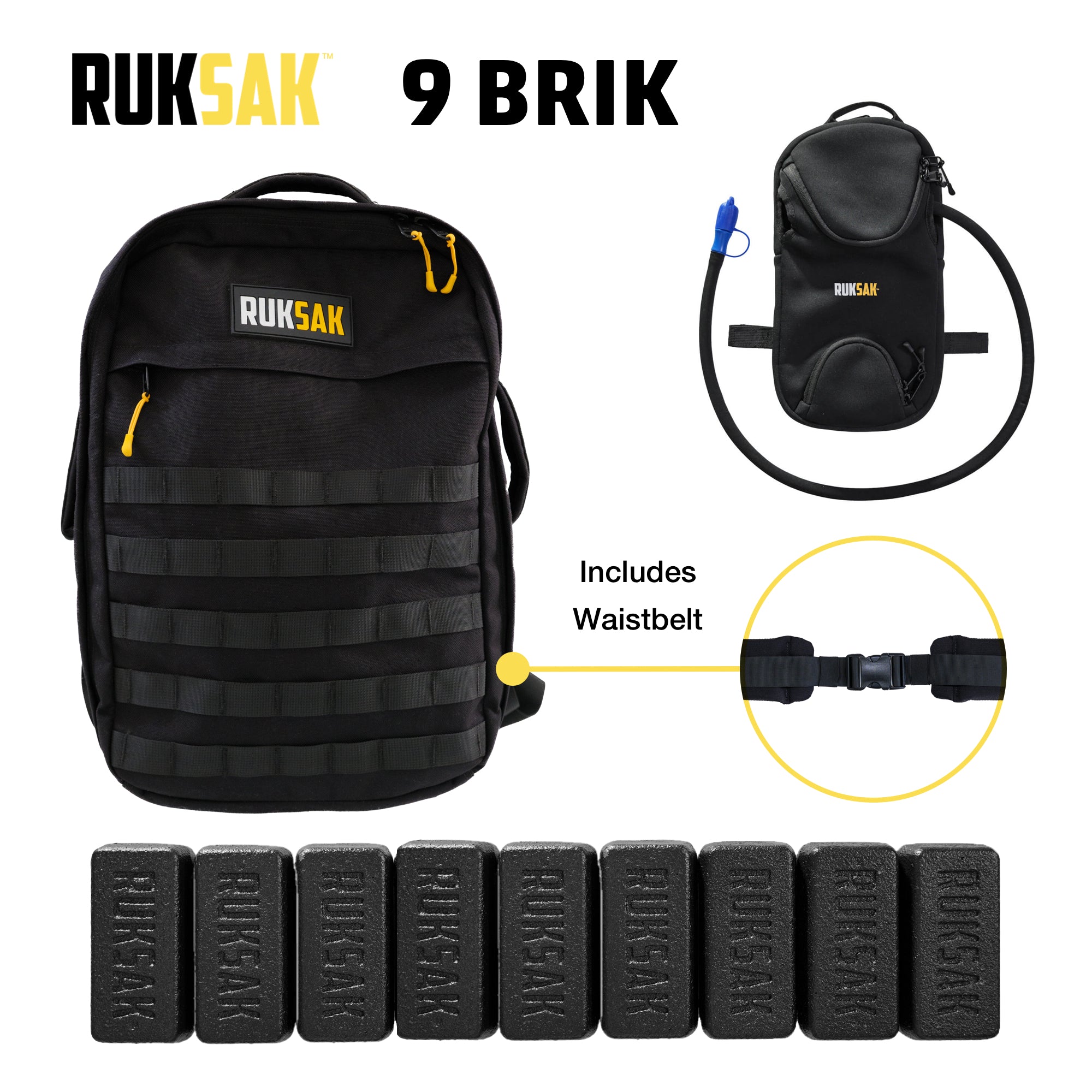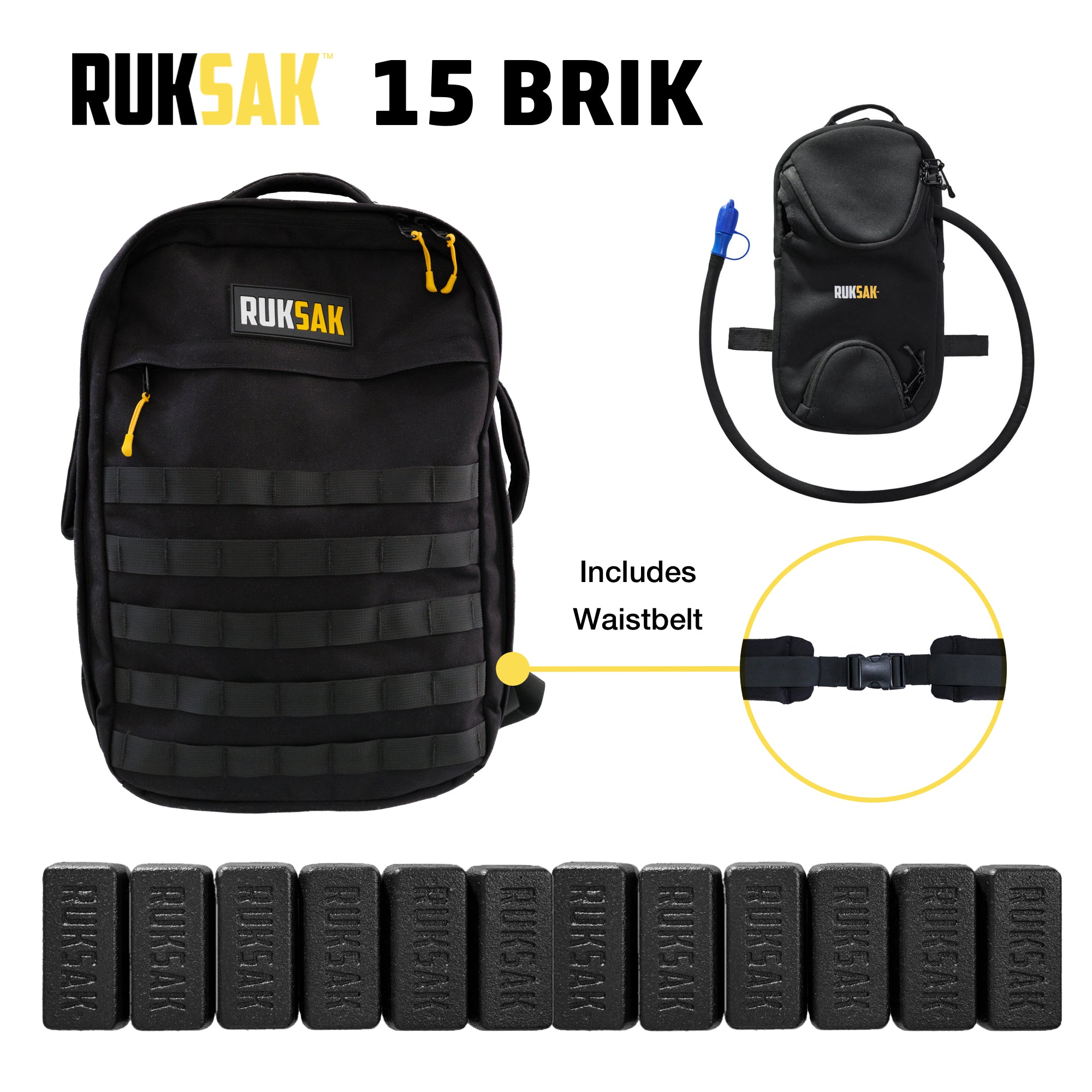Weight Loss
Rucking is arguably the best exercise to help people lose weight as it burns fat while also preserving muscle. The more weight you carry, or the longer you walk, the more energy you expend and the more calories you burn. A casual ruck can burn between two and three times the calories of walking unweighted, so perfect for someone starting out on a weightloss journey.
Cardiovascular Health
Rucking is an exercise that not only gets your heart pumping but also provides resistance training for muscles and bones. This combination is integral to promoting cardiovascular health and preventing heart disease. Ten weeks of rucking once or twice per week has been shown to significantly increase VO2max - a crucial measure of fitness and longevity. This is in part due to switching between Zone 1 and 2 Heart Rate zones, similar to interval training.
Posture & Back Health
Modern day life sees us spend too long hunched over computers, tablets or phones. This poor spinal position will lead to around 80 percent of us suffering back issues. Carrying weight on your back is a great cantilever to realign your posture, the weight of the ruck pulls your torso backward and more upright, which is great for fixing posture. Rucking also activates deep core muscles that will help maintain balance, preventing and relieving back pain and resulting in a stronger, more bulletproof back and core.
Stronger Bones
Weight bearing activities help stimulate the formation of new bone tissue and improve bone density. The best way to stop and even reverse bone loss is to do aerobic walking where you’re bearing weight. Bone density is super important as we age as research shows broken bones are a major health risk for older adults. Around 50 percent of people over age 65 who break their hip die not long after. The science shows the earlier in life you start rucking the better you’ll be as you lessen the risk of injury and reduce your risk of degenerative diseases later in life.
Mental Health
Ancient wisdom preaches and modern science confirms that time spent in nature is good for us. Sadly modern life sees us spend about 95 percent of their time indoors. Choosing rucking as a form of exercise gets us outside and time in nature is one of the best ways to reduce stress and increase happiness. Rucking is a great social exercise too as it can be scaled to suit different fitness levels, so a great way to spend quality time with family and friends no matter their level of fitness.
Longevity
Rucking is good for absolutely everything in terms of lifespan as it positively influences cardiovascular health, muscular and bone durability, core strength, and mental health. All of which are crucial components linked to a longer and healthier life. Weighted step
training improves lower-body power and functionality in older people, adding quality years to their independence from assisted care. The low risk of injury associated with rucking positions it as an ideal option for older or sedentary individuals seeking to enhance their fitness without compromising safety.
Builds Muscle
Scientists are realising that not having enough muscle can be far more dangerous than having an unhealthy scale weight. Rucking gives people strength training without having to go to a gym and unlike many other forms of cardiovascular exercise, rucking builds muscle throughout your body, so you don't have to worry about cardio impacting your muscle mass. Rucking improves functional fitness, meaning that it strengthens the muscles and movements that you use most regularly in your day-to-day life and so helps you feel healthier and carry out daily activities more easily.




